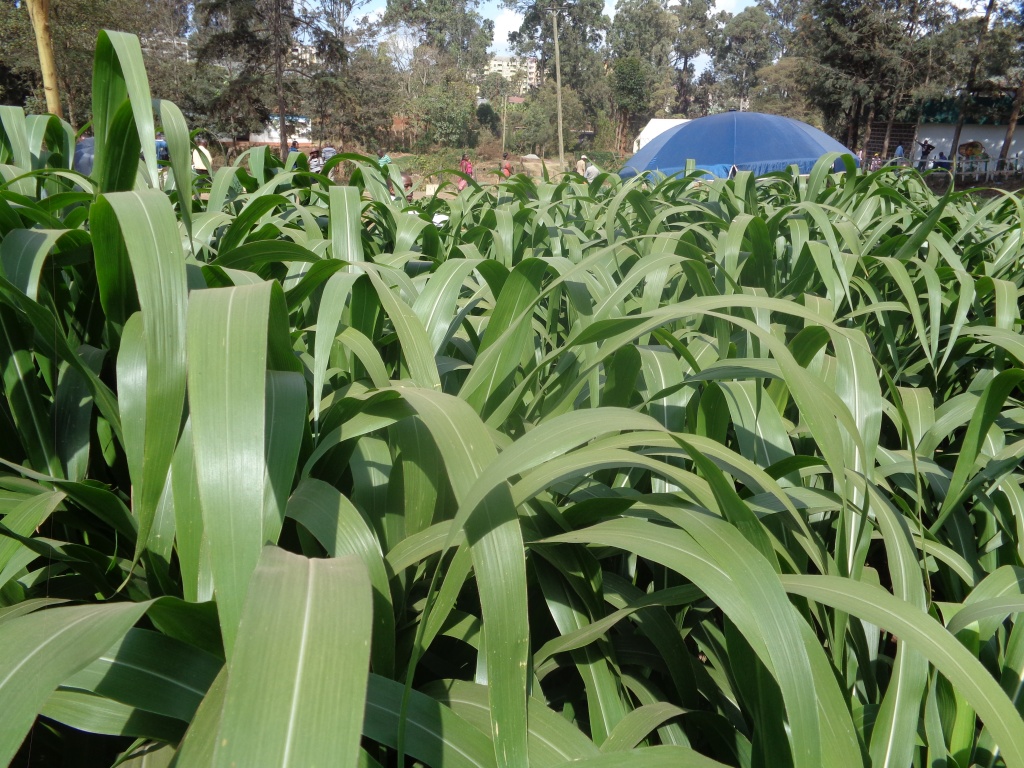Over 20,000 smallholder farmers from Meru, Tharaka-Nithi and Kitui counties are set to benefit from sorghum value addition to make beer, biscuits and sausages through the help agri-business enterprise, Shalem Investments, a sorghum purchasing and processing company based in Meru.
The farmers who are grouped in groups of between 20 and 50 farmers will also be helped to identify markets by Shalem enabling them sell the produce at a profit while also processing to make sorghum based products. Traditionally, sorghum has been used in the preparation of porridge and ugali especially by families living in arid and semi-arid areas in Kenya.
“We have grouped our farmers according to their capacity of production, size of land by each farmer, and social arrangements with the aim of empowering the youth and women. Already 60 per cent of the farmers are women,” said Ruth Kinoti, CEO of Shalem Investments Ltd.
RELATED ARTICLE: Sorghum project gives Western women financial might
The main aim is to introduce agribusiness to individual farmers who would have found it difficult to reach market due to low production volumes.
“Shalem with the help of partners has also mobilized and organized farmers to form a trading block that is able to supply sorghum to beer manufacturer East African Malt limited, a subsidiary of East African Breweries.”
RELATED ARTICLE: Farmers scale up sorghum farming as brewers come calling
The company introduced a new sorghum based product to her series of products last year December. The fortified Asili Plus porridge flour product made from sorghum is currently available in local and retail shops in Meru. It provides sorghum farmers in the area with additional source of income.
“Among the biggest problems facing farmers is lack of appreciating agriculture as a business opportunity therefore they fail to structure their activities in a way that would benefit them,” said Kinoti.
“For the full impact of value addition to be realized, there is need for the farmer to learn entrepreneurship and that is what Shalem is giving farmers.”
RELATED ARTICLE: Kenya Breweries Ltd to contract 30,000 sorghum farmers as demand soars
Sorghum is the fifth most important grain after maize and it is also considered as the continent’s food for the poor and is grown mostly by poor families for home consumption according to National Farmers Information Service.
Shalem Investment Ltd has focused on incentivising farmers and aggregators to take responsibility for the quality of produce available for consumption and sale. This has increased their bargaining power for better prices. By working closely with farmers, the company is attracting higher rewards from buyers for the improved quality of its produce, translating to better prices for farmers and aggregators
Write comment (0 Comments)

















